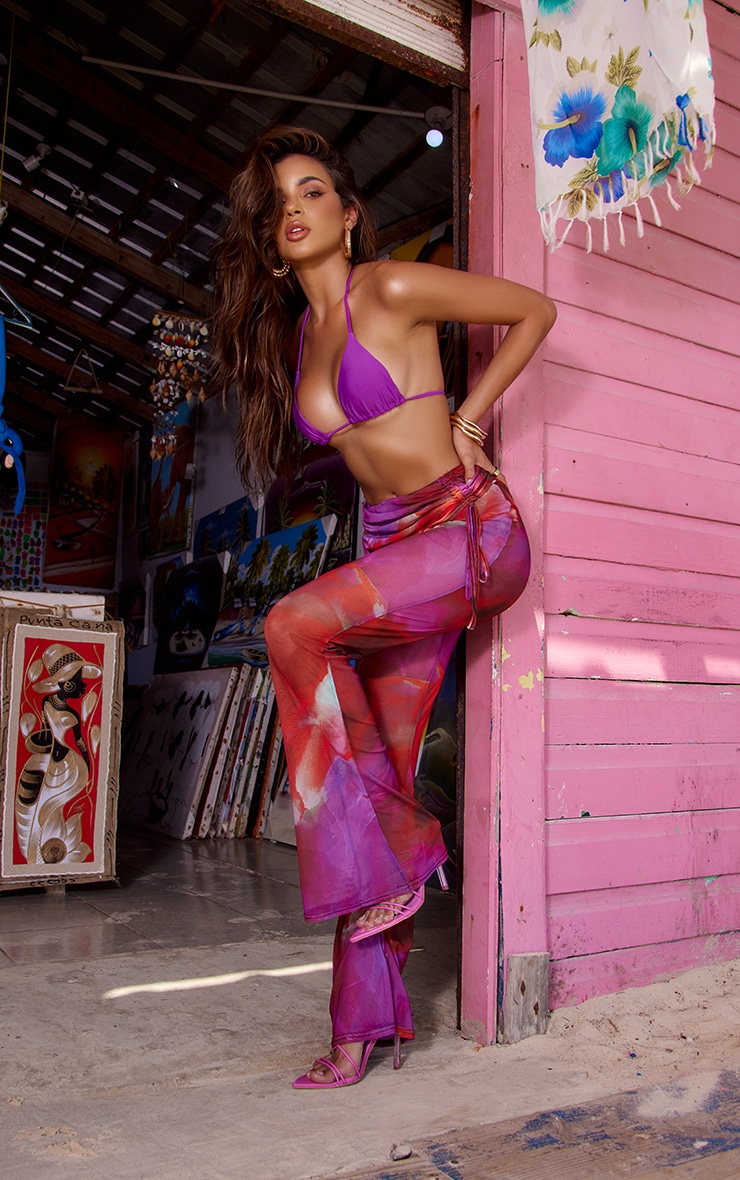People do have different perspectives about what is considered beautiful or ugly depending on the historical, social and economical times.
With globalization in place, beauty standards end up being passed around from one culture and adopted by another.
This article examines how such standards circulate and mutate and what this circulation entails concerning self-conceptions and the overall culture of beauty.
The western ideas of beauty and how they affect the people
Globalization and Media Impact
The global media plays a major role in presenting beauty standards for people across the globe from the western world. From skinny weaves to light skin, these ‘beauty’ standards have equally supplanted ‘traditional,’ so-called ‘native’ beauty standards in many places.
Cultural Homogenization
This means that the image of the body projected by western countries, particularly for women, has dominated and caused the homogenization of beauty around the world causing the loss of cultures with different practices and for some cases replacing them with beauty standards which are undesirable.
They also have a potential to lead to stereotyping and hence there is loss of cultural diversity in beauty perceptions.
Beauty Diversity Around the Globe
Embracing Cultural Heritage
Since the globalization effects in the world started being felt, people are now struggling to embrace local standards of beauty. This is now a kind of resurgence that is helping to maintain the uniqueness of cultures, and people’s individuality.
To gradually unveil the role for social media let us first provide an overview of what we understand from the term itself.
Social media applications play the paramount role in showcasing different beauty standards. It is via such platforms that the influencers as well as different communities are promoting diversity and multiculturalism, proving that in every culture, there is beauty.
This exchange of beauty standards is not a one-time process, which has occurred and can never happen again; it happened and continues to happen in present time representing the actual global culture. Education and acceptance of this divergent beauty make people gain a richer perception of aesthetics of life.







